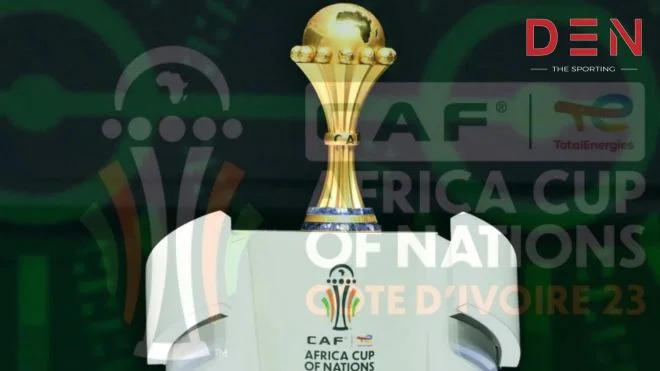
The UEFA Nations League, launched in 2018, wasn’t just a fresh tournament; it marked a paradigm shift in international football. Replacing friendly fixtures with competitive clashes, it aimed to inject excitement, prioritize meaningful matches, and offer new pathways to silverware. Let’s embark on a journey through its History and Evolution, exploring its impact on European football.
History and Evolution: Birth of an Idea, Seeking More Meaningful Matches
Prior to 2018, international friendlies often lacked intensity and competitive spirit. The Nations League emerged as a solution, proposing a structured competition divided into leagues based on national team rankings. Teams would compete in home-and-away matches, vying for promotion, relegation, and ultimately, a coveted trophy.
Format Twists and Turns: Adapting to Feedback
The inaugural edition witnessed Portugal lifting the trophy in 2019. However, initial feedback highlighted areas for improvement. The format was revised for the 2020-21 edition, streamlining the groups and playoffs. League D, featuring the lowest-ranked teams, received further attention, offering a clearer path to promotion and increased competitiveness.
History and Evolution: Beyond Trophies, Benefits for All
The Nations League brought forth numerous benefits. Initially, it ensured competitive encounters for every European nation, nurturing growth and providing a platform for smaller teams to showcase their talents. Additionally, it presented an alternative pathway to prestigious tournaments such as the European Championship, serving as a support system for teams facing challenges. Lastly, it yielded substantial income, which proved advantageous for national associations and the reinvestment in grassroots football initiatives.
Social impact and development
Under the leadership of the new president, UEFA has intensified its commitment to leveraging football’s influence for positive change. The initiative known as ‘social fair play’ has been particularly notable, taking a firm stand against racism and discrimination in the sport. In 2015, the UEFA Foundation for Children was established, serving as an independent charitable organization dedicated to improving the lives of vulnerable children worldwide through sports.
Furthermore, there has been a significant increase in the allocation of revenue towards the development of the game. This is evidenced by the HatTrick development program and the creation of the Assist program in 2017. The Assist program seeks to share European football’s expertise and knowledge with five sister confederations, thereby fostering growth and advancement within their respective realms.
History and Evolution: Looking Ahead, The Future of the Nations League
With the third edition underway and the fourth already planned for 2024-25, the Nations League is here to stay. As the format evolves and feedback is incorporated, it has the potential to become an even more integral part of the international football landscape.
Suggested Read: EURO 2024 Host Cities – Venue Guide
FAQs
55 national association
It governs football, futsal and beach football in Europe and the transcontinental countries of Turkey, Azerbaijan, Georgia and Kazakhstan, as well as the West Asian countries of Cyprus, Armenia and Israel. UEFA consists of 55 national association members.
There were a few reasons for the Nations League:
More competitive matches: Friendly matches were often seen as uninspiring. The Nations League offers teams a chance to play for promotion, relegation, and a trophy.
Greater context for smaller nations: The competition structure allows all teams, regardless of ranking, to compete for a path to a major tournament like the Euros.
Increased commercial interest: Competitive matches tend to generate more interest from fans and broadcasters.
You can find more details about the UEFA Nations League, including the current standings and upcoming matches, on the UEFA website: UEFA’s official website.
Summing it Up: A Game Changer with Room to Grow
The UEFA Nations League, in its short History and Evolution, has already demonstrably impacted European football. With its focus on enhancing competitive fixtures, introducing fresh avenues for success, and generating funds for progress, it has significantly impacted the global stage. Though obstacles persist, the Nations League’s horizon seems promising, presenting thrilling prospects for enthusiasts, athletes, and the sport as a whole.
David Conn, a distinguished sports journalist with 20 years of experience, is a trusted voice in sports reporting. Known for his precision in dissecting NFL plays, analyzing NHL strategies, exploring soccer finesse, and diving into basketball tactics, Conn brings an unwavering commitment to storytelling. Join us as we explore the dynamic world of sports through Conn’s nuanced understanding of athletes, strategies, and narratives in NFL, NHL, football, soccer, basketball, and more.



